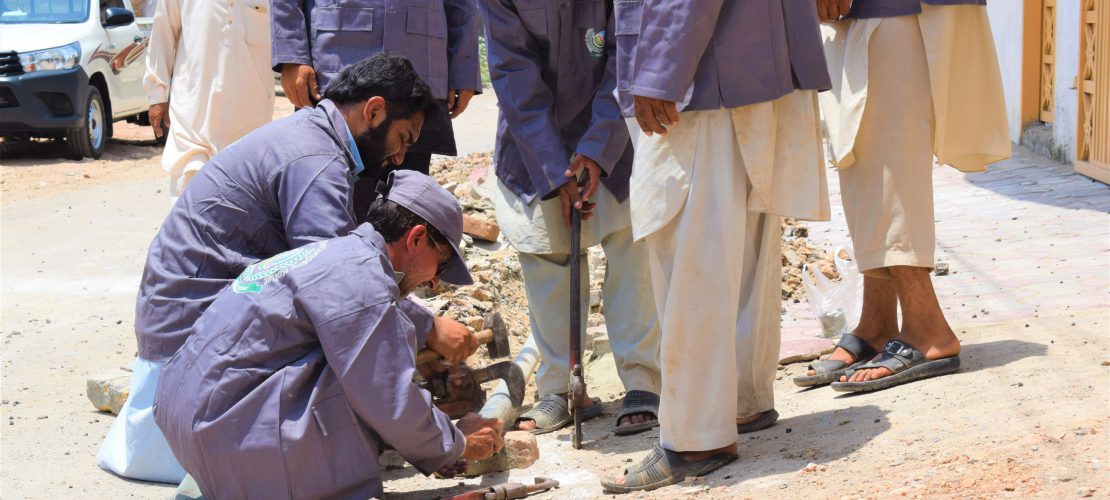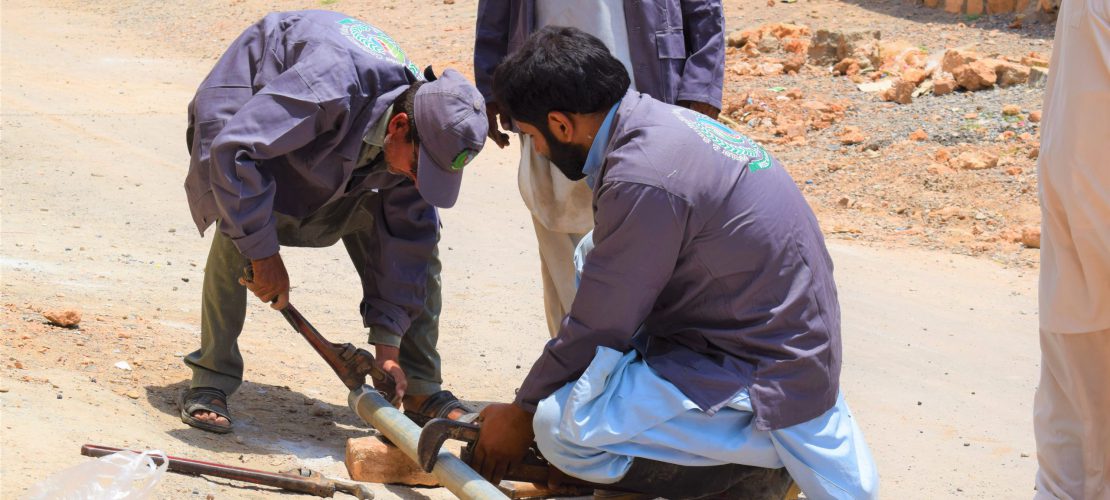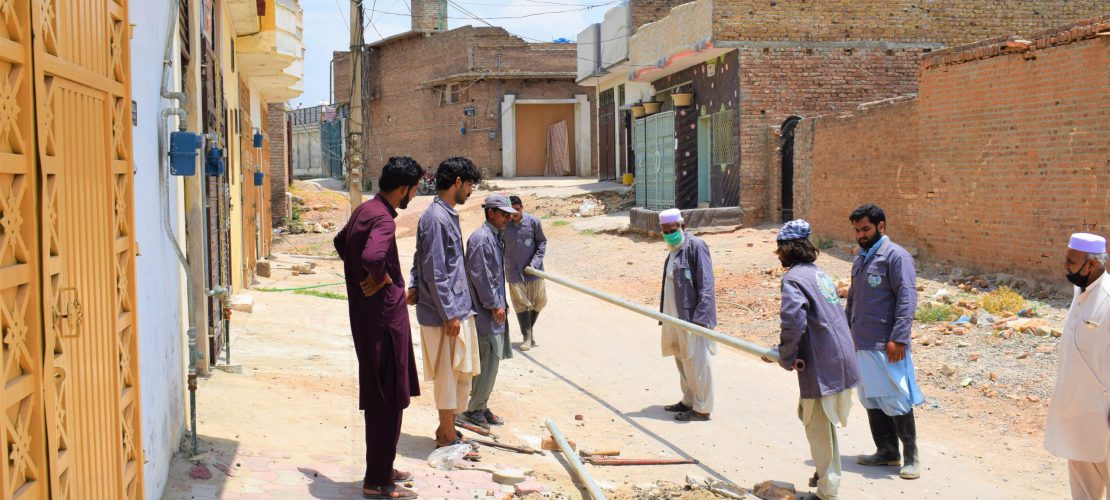Construction says that the better the service is delivered the higher is the skill level of our company. We work for the best quality of services for our clients and our clients appreciate us for that.
Water Supply
SERVICE BROCHURE
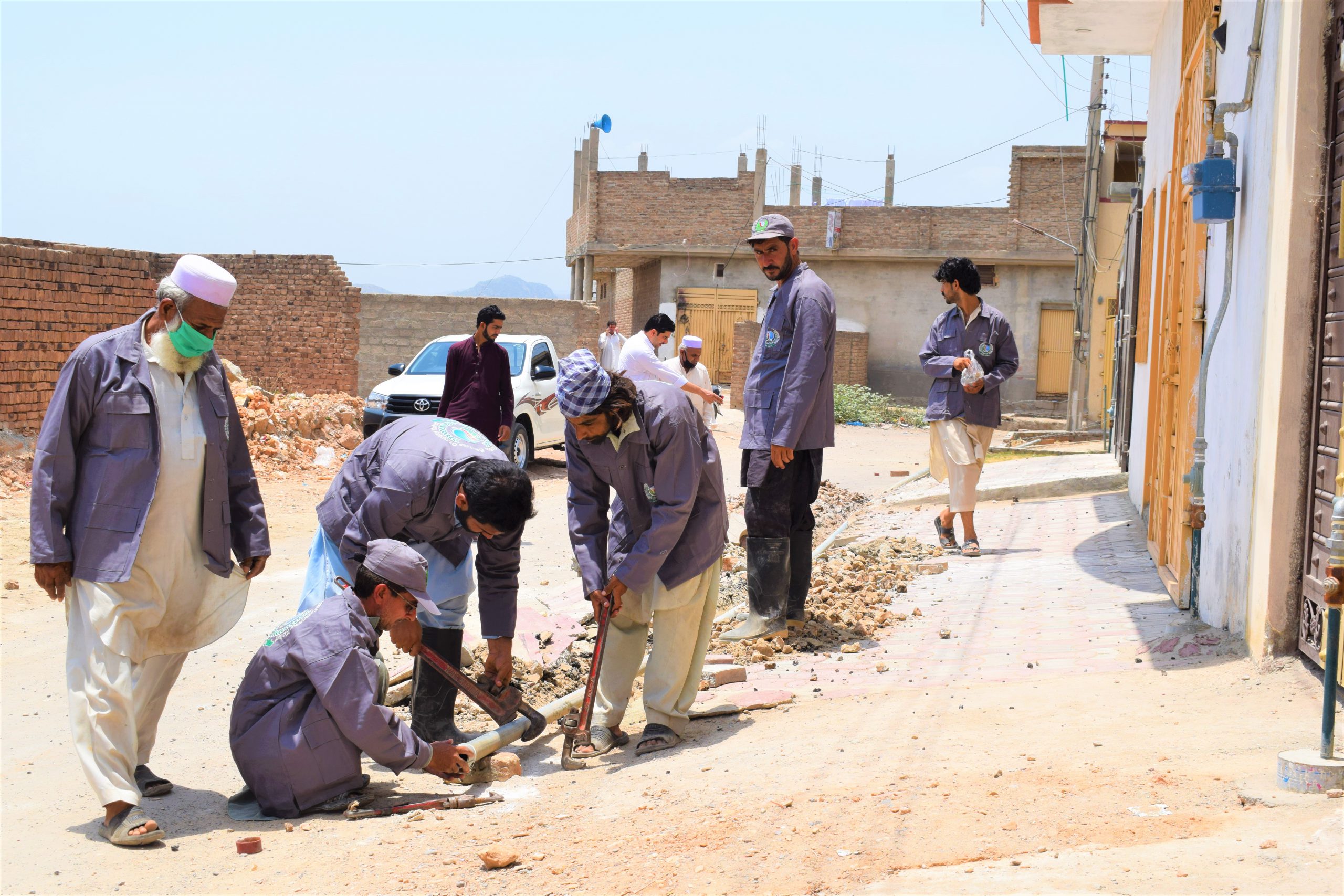
As the general contractor, we first create the highest level of trust and integrity with our clients.
Throughout recorded history large cities have been concerned with their water supplies. Even ancient cities found that local sources of supply-shallow wells, springs, and brooks-were inadequate to meet the very modest sanitary demands of the day, and the inhabitants were constrained to build aqueducts which could bring water from distant sources. Such supply systems could not compare with modem types, for only a few of the wealthier people had private taps in their homes or gardens, and most citizens carried water in vessels to their homes from fountains or public outlets. Medieval cities were smaller ·than the ancient cities, and public water supplies were practically nonexistent.
The water supply engineer of ancient times labored under the severe handicap of having no type of pipe that could withstand even moderate pressures. He used pipe of clay, lead, and bored wood in small sizes, but even with these, as with masonry aqueducts and tunnels, he followed the hydraulic grade line and rarely placed conduits under pressure.
In the seventeenth century the first experiments were made with cast-iron pipe but it was not until the middle of the eighteenth century that these pipes were cheap enough for wide use. The durability of cast iron and its freedom from breaks and leakages soon made its use almost universal, although steel and other materials were also used. This advance, together with improved pumping methods, made it economically possible for all but the smallest villages to obtain water supplies and to deliver the water into the homes of the citizens.
Water Networks
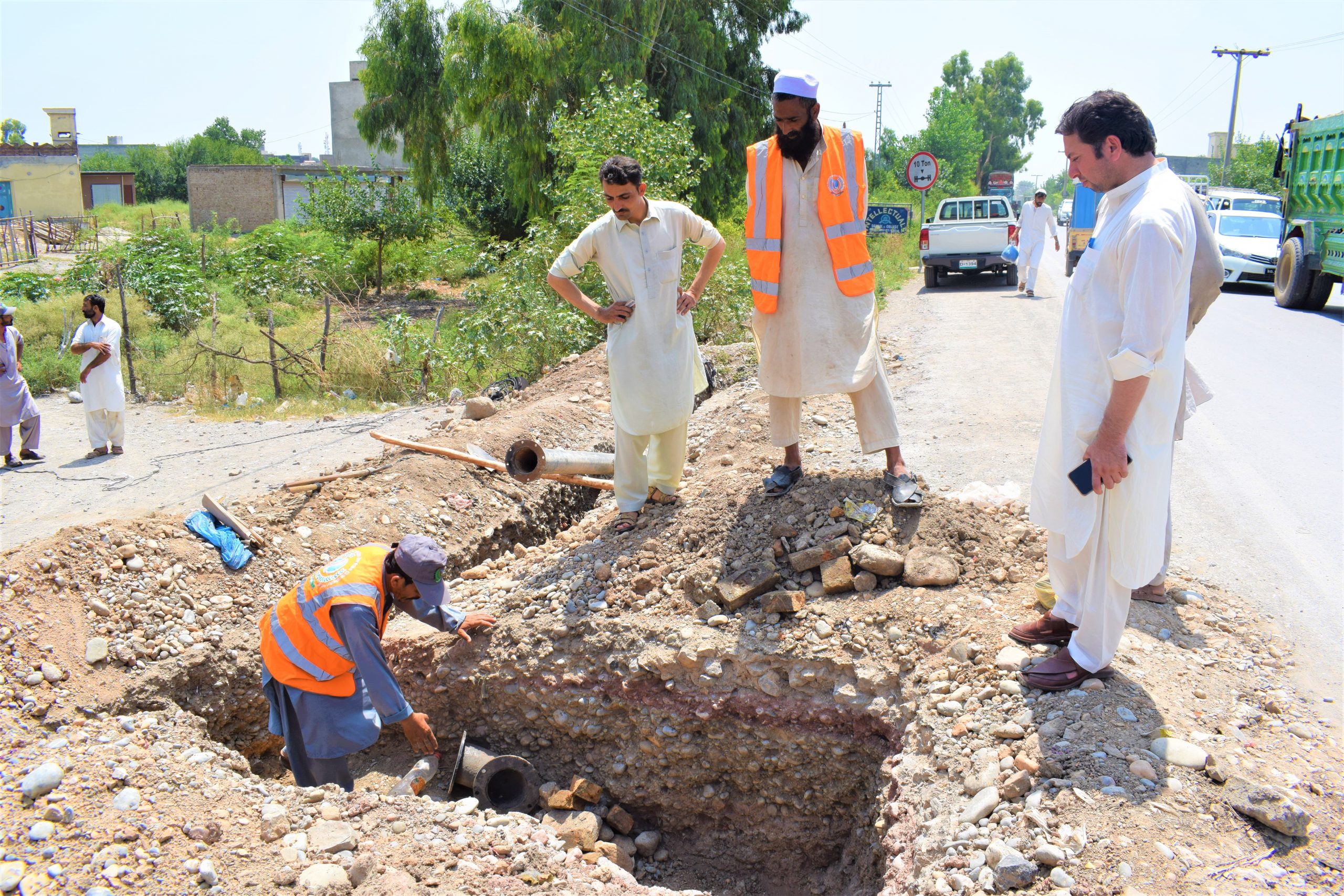
Although some cities were able to collect safe water from uninhabited regions and thereby reduce waterborne disease to a low level, many others found that their supplies were dangerously polluted and that the danger was increasing as population increased upon watersheds. Accordingly, treatment methods were developed that, when properly applied, reduced the hazard.
In Pakistan, most of the households do not have access to adequate potable orshallow water. Many of them also lack toilets and adequate sanitation systems. The Government aims to expand access to clean facility drinking water and to improve sanitation particularly in rural areas. The main Government strategy in water supply is to improve the performance and operation of water supply systems by promoting community responsibility for the management and maintenance of systems.
The main source of drinking water in Pakistan is the hand pump. Hand pumps and motor pumps together provide 65 per cent of household’s drinking water in 2005-06, as compared to 62 percent in 2004-05. However, comparing with the previous surveys in 2001-02 and 2004-05 the usage of Hand pump is declining where as it is increasing for the motor pump both in urban and in rural areas. Moreover, the percentage of households depending on lower water sources i.e. dug well. and other either remained unchanged or slightly decreased. Usage of tap water3 during 2004-05 and 2005-06 remain at the level of 34 percent, NWFP has the best water supply of 47 percent in 2005-06 compared to 44 percent in 2004-05 amongst the provinces in terms of tap water. The vast majority of the population of Punjab (68 percent) has water either from hand pump or motor pump and only 5 percent of the population depend on a dug well or other sources (river, canal or stream). Sindh has remained at almost same level in terms of tap water (43 percent) in 2005-06 as compared to 44 percent in 2004-05. Balochistan province has shown increase in Tap water from 33 percent in 2004-05 to 36 percent in 2005-06, increase is more evident in rural areas (22 percent to 25 percent) in spite of the fact that in urban areas same has declined.
The water supply situation in NWFP and Balochistan has improved as compared to 2004-05. In these two provinces, 32 and 60 percent of the rural population in 2005-06, as compared to 45 percent & 70 percent respectively in 2004-05, depend on water from a dug well or from a river/canal/stream.
Water & Sanitation Services Kohat is working on the improvement of Water Supply and Sanitation Services in Urban Union Councils of Kohat. WSSC Kohat started its operational activities, after signing of “SAMA” on 26th, January 2017. Under this agreement WSSC Kohat not only started operational activities but also worked on improvement & Rehabilitation of existing infrastructure.
Water Supply being the basic need of general Public has been given priority and WSSC Kohat started changing rusted pipeline in areas from where we received complaints regarding quality of drinking water. We took an initiative by taking Water Quality test on Sources of Drinking Water and different part of the Union Councils. In the light of the result WSSC Kohat start changing the damaged and rusted pipeline. The change of the damaged and rusted pipeline not only increases the terminal pressure but also reduces the chances of contamination of drinking water. WSSC Kohat has changed more than 14400 meter of rusted pipeline from their resources.
WSSC Kohat provide its services to approximately 265,000 population in six (6) Urban union Councils including Kotal Township, KDA Kohat. The existing water supply systems in jurisdiction of WSSC Kohat comprised of 63 Nos. of Tube wells, 08 Nos. of Over Head Reservoirs (OHR) and 08 Nos. of Surface Reservoirs. The existing network is approximately 300 Km. The existing water supply system needs extension as the current supply is 3.87 MG which is deficit by 5.59 MG of the current demand (9.46 MG). Thus, new Tube wells and water reservoirs need to be constructed along with distribution network to meet the water supply demand.

